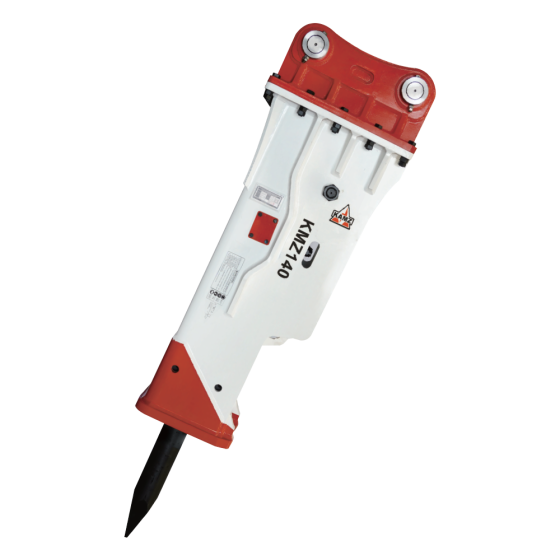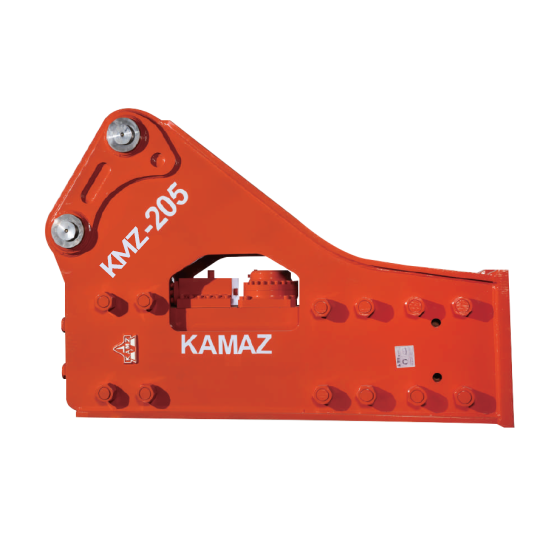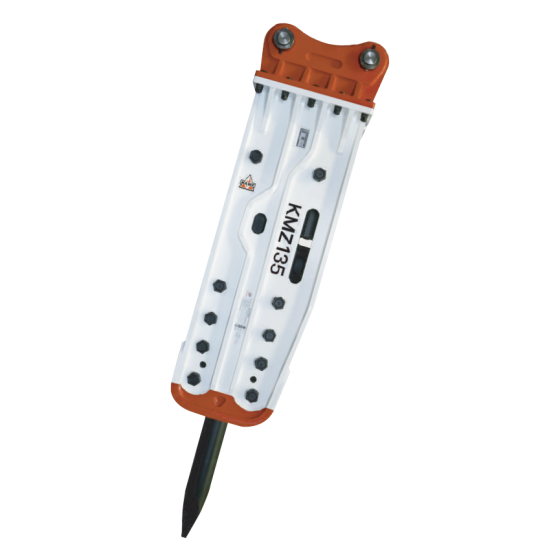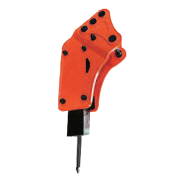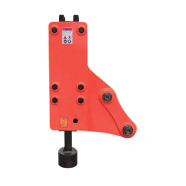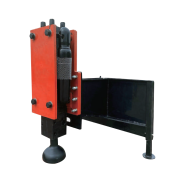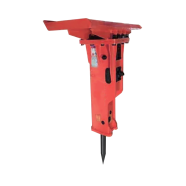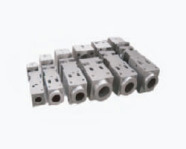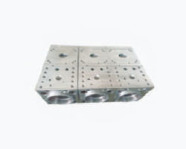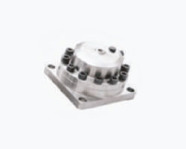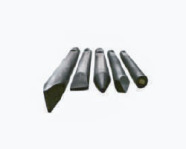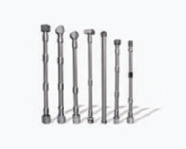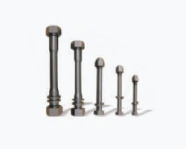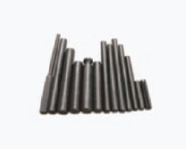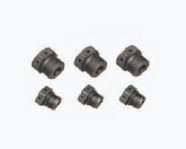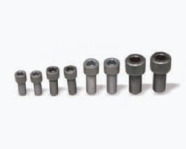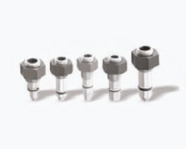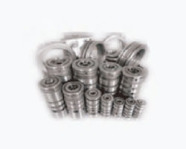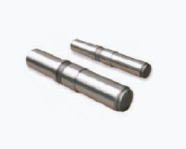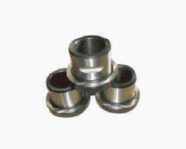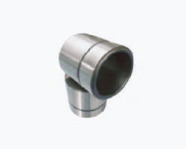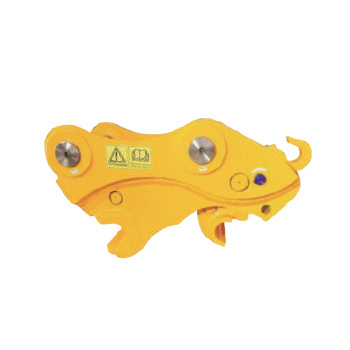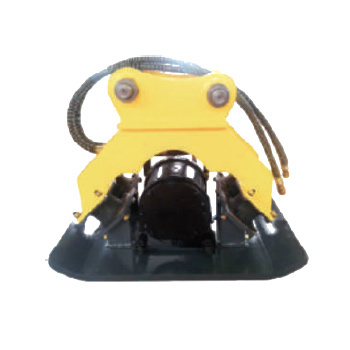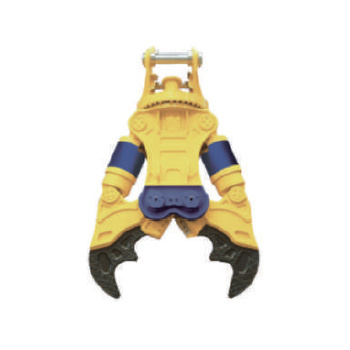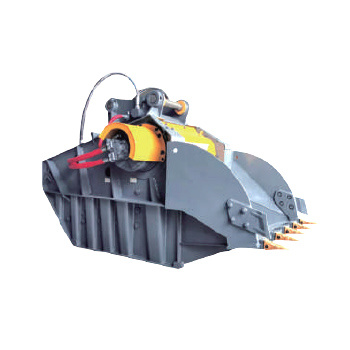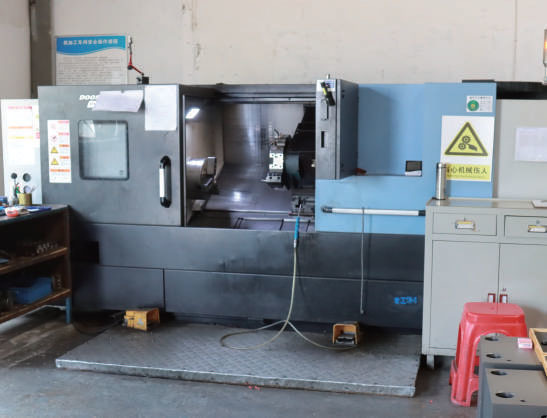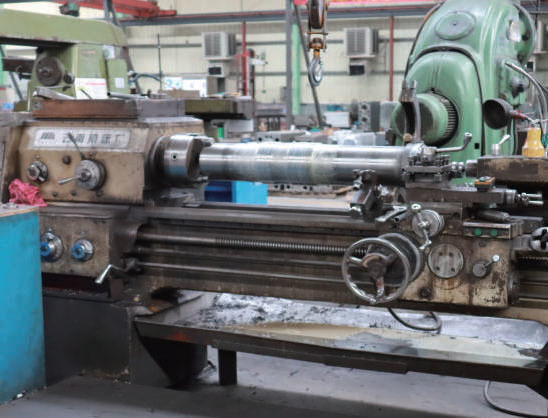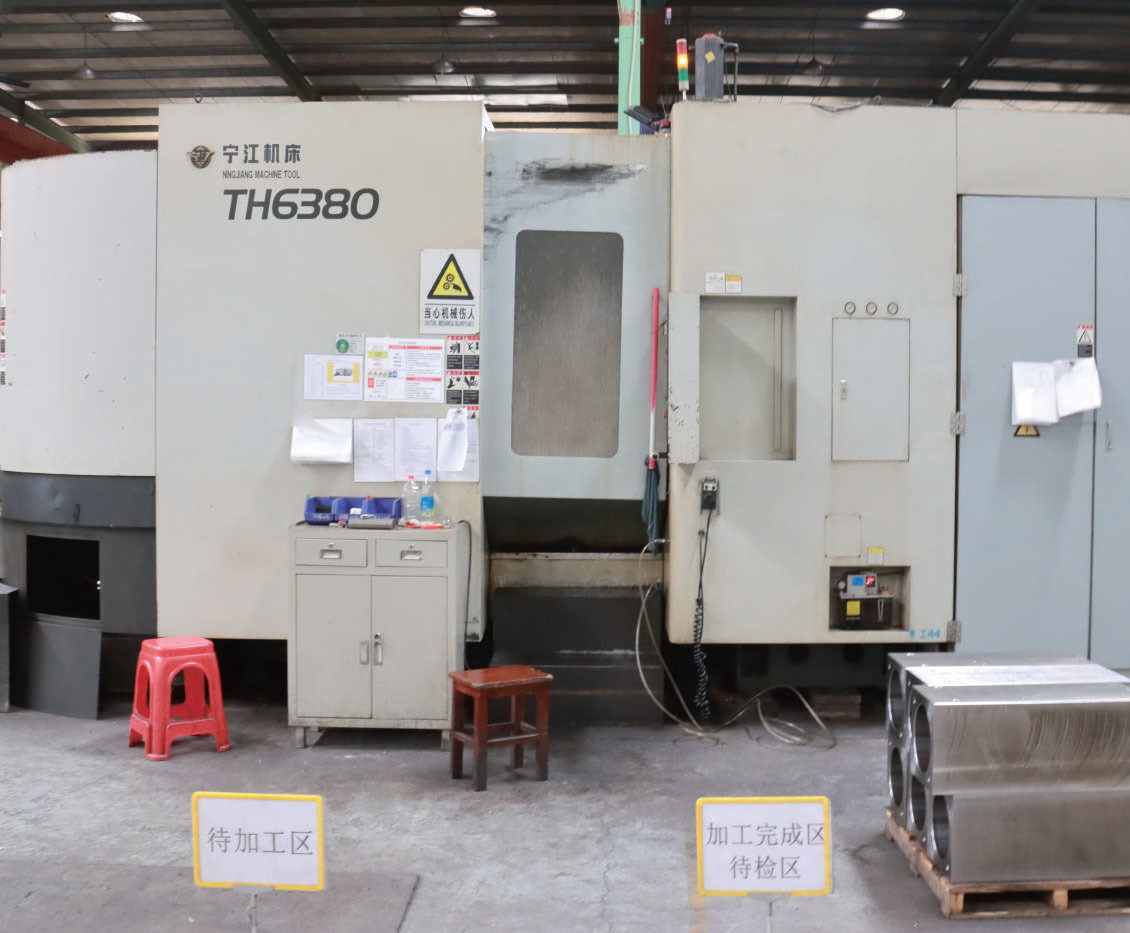The Indispensable Powerhouse: Unveiling the Advantages of Demolition Hammers
In the realm of construction and heavy machinery, few attachments have revolutionized efficiency and productivity as profoundly as the Demolition Hammer. This robust tool has become an indispensable asset in industries ranging from building demolition to mining and road construction, offering a blend of power, precision, and practicality that traditional methods simply cannot match. Let’s delve into the core advantages that make Demolition Hammers a cornerstone of modern engineering projects.
At the heart of the Demolition Hammer appeal lies its extraordinary efficiency, which dwarfs manual labor and outdated tools like jackhammers. When tasked with breaking through tough materials such as concrete, rock, asphalt, or frozen ground, these hydraulic powerhouses operate at speeds that would take teams of workers days to achieve. This efficiency translates directly to shorter project timelines, a critical factor in meeting deadlines and reducing operational costs. Unlike human workers, who tire quickly and require breaks, Demolition Hammers can sustain continuous operation, ensuring non-stop progress even in the most demanding conditions.
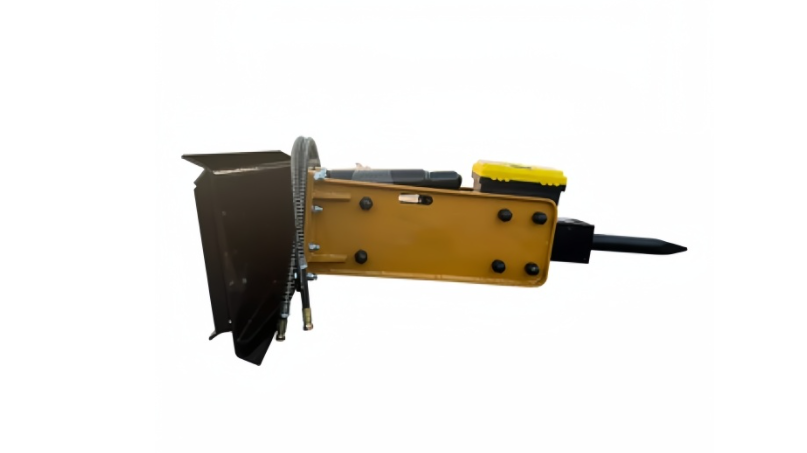
What truly sets Demolition Hammers apart is their immense crushing force. By harnessing the hydraulic systems of excavators or loaders, they generate high-frequency, high-energy impacts capable of shattering even the hardest materials. This brute strength makes them ideal for handling large, stubborn debris that would be nearly impossible to break with manual tools or smaller machinery. Whether it’s demolishing reinforced concrete structures or extracting minerals from solid rock, the Demolition Hammer’s power ensures that no obstacle is insurmountable.
Safety is a paramount concern in any construction environment, and Demolition Hammers excel in this area. Operators control the tool from the safety of the excavator or loader cabin, far removed from the breaking point. This distance drastically reduces exposure to flying debris, harmful dust, and excessive noise—common hazards that plague manual demolition work. Additionally, by eliminating the need for workers to perform strenuous, repetitive tasks, these hammers minimize the risk of fatigue-related accidents, creating a safer and more sustainable workplace.
While the initial purchase or rental cost of a Demolition Hammer may seem significant, its long-term economic benefits are undeniable. By replacing teams of manual laborers, it slashes labor expenses dramatically, especially on large-scale or long-duration projects. Moreover, as an attachment for existing excavators or loaders, it maximizes the utility of primary machinery, enabling one piece of equipment to perform multiple functions. This versatility not only reduces the need for additional tools but also lowers maintenance and storage costs, making the Demolition Hammer a wise financial investment.
The Demolition Hammer’s adaptability is another key strength. It finds applications in a wide array of sectors, including building demolition, mining, metallurgy, frozen ground excavation, and even disaster rescue operations. By swapping out drill bits of different shapes and materials, it can tackle surfaces of varying hardness and composition, from brittle asphalt to dense granite. This flexibility ensures that it remains a valuable tool across diverse job sites and project requirements.
News & Event

